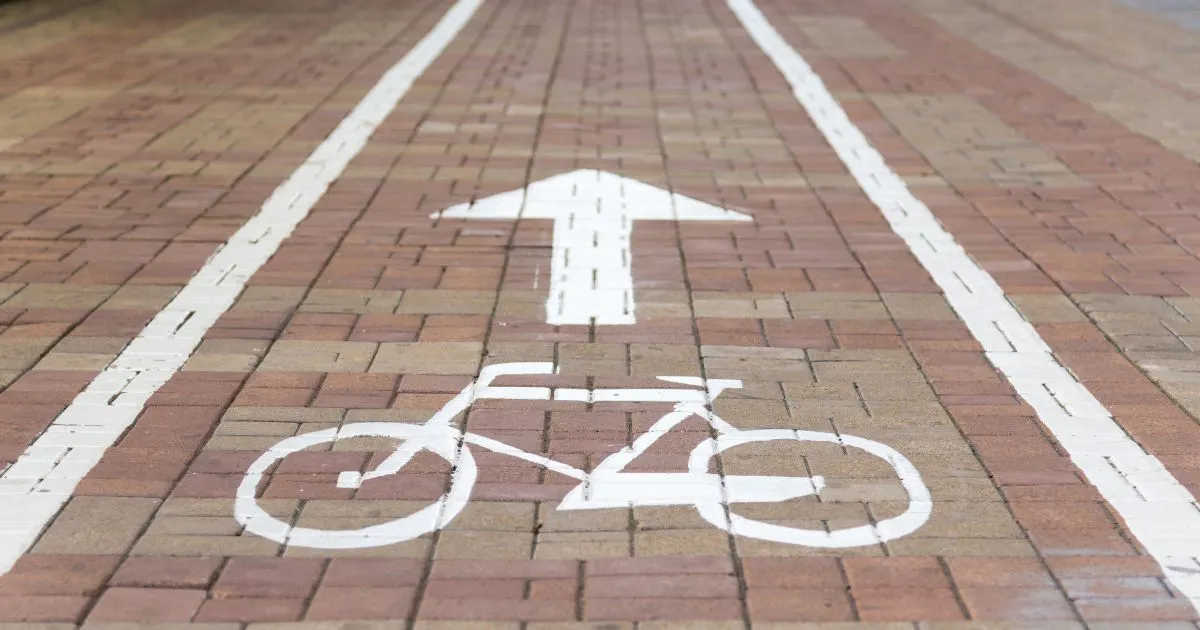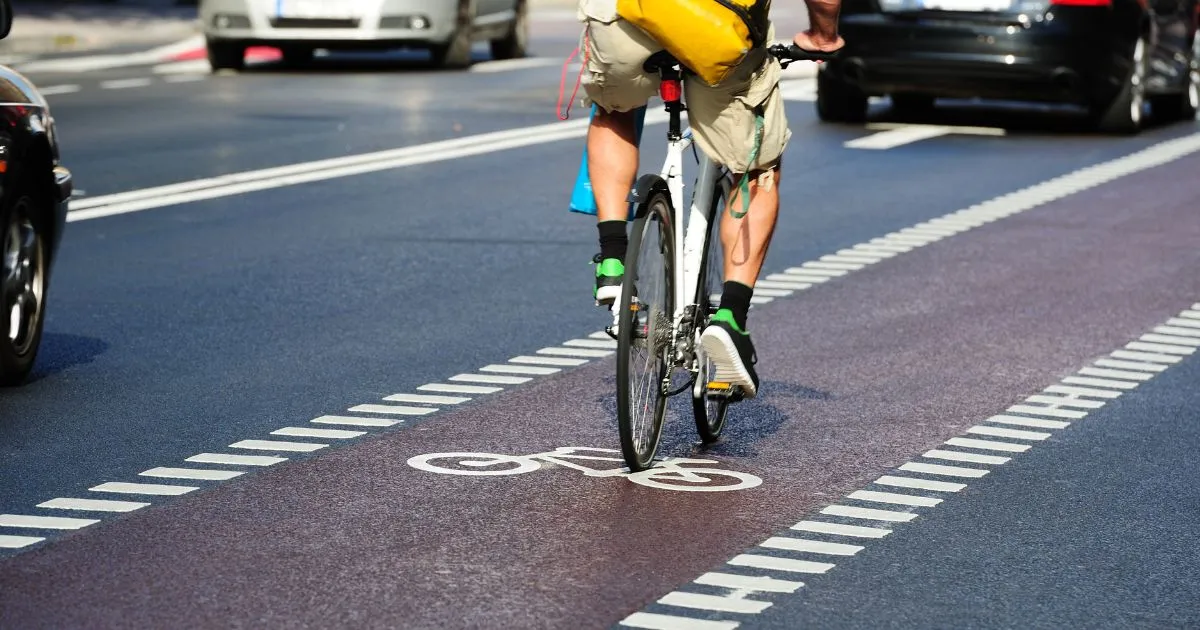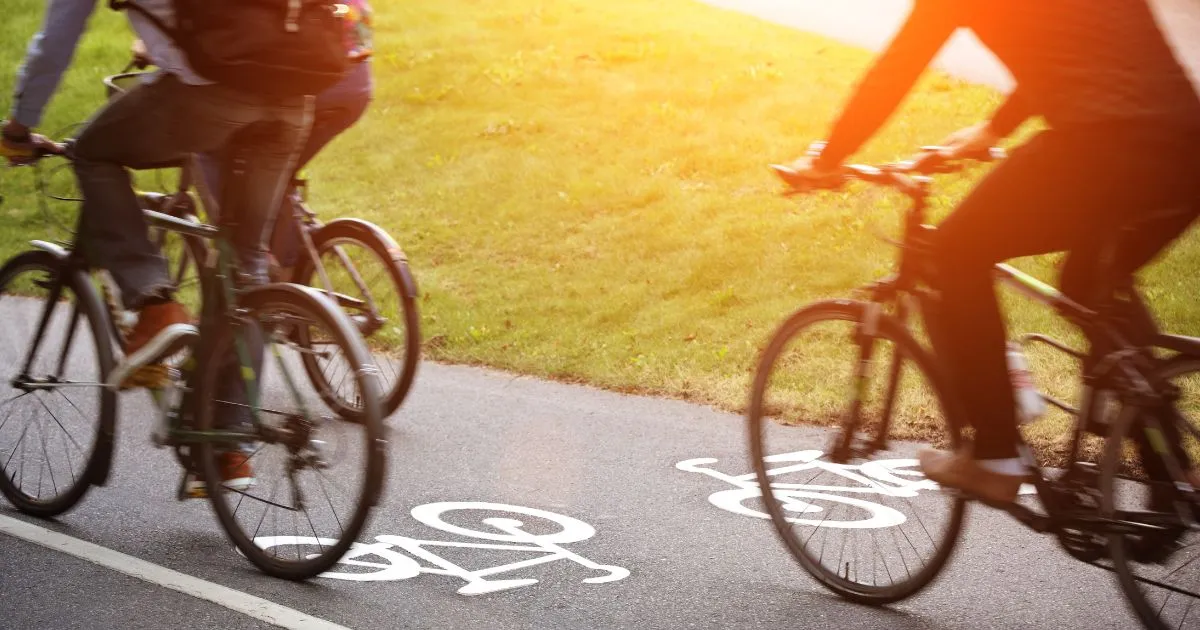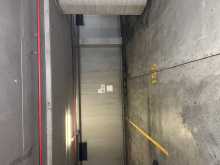How Bike Lanes & Pedestrian Zones Are Changing Parking Demand
As Australian cities evolve to prioritise sustainable transportation and enhance urban liveability, the landscape of parking is undergoing a significant transformation. The introduction of bike lanes and pedestrian zones is reshaping how we think about and utilise parking spaces in urban areas. This shift is not just about reducing car dependency; it's about creating more vibrant, accessible, and environmentally friendly cities. For drivers, business owners, and urban planners alike, understanding these changes is crucial for navigating the future of urban mobility and parking management. In this article, we'll explore how bike lanes and pedestrian zones are impacting parking demand, the benefits and challenges they present, and what this means for the future of our cities.
The Evolution of Urban Mobility: From Cars to Bikes and Pedestrians
The concept of reallocating road space from cars to bikes and pedestrians isn't new, but it has gained significant momentum in recent years. Historically, urban planning prioritised car-centric design, resulting in vast parking lots and multi-storey car parks dominating city landscapes. However, as cities grapple with issues like congestion, air pollution, and the need for more liveable spaces, there's been a shift towards more sustainable and people-friendly urban design. This transition has led to the implementation of protected bike lanes, wider footpaths, and car-free zones in many Australian cities, following successful models from European cities like Amsterdam and Copenhagen.

How Bike Lanes and Pedestrian Zones Work
The implementation of bike lanes and pedestrian zones typically involves repurposing existing road space or on-street parking spots. Protected bike lanes are created by installing physical barriers between cyclists and motor vehicles, often replacing a lane of traffic or a row of parking spaces. Pedestrian zones, on the other hand, involve closing off certain streets to vehicular traffic, creating safe and pleasant areas for walking, shopping, and dining.
Best practices for these transformations include:
- Conducting thorough traffic studies to understand the impact on traffic flow
- Engaging with local businesses and residents to address concerns and gather input
- Implementing clear signage and road markings to ensure safety for all users
- Providing alternative parking options nearby to accommodate displaced vehicles
Benefits of Bike Lanes and Pedestrian Zones
Economic boost: Contrary to some concerns, studies have shown that bike lanes and pedestrian zones can actually increase foot traffic and boost local business revenue.
A study by the University of Queensland found that Businesses benefit from foot, bike, and bus traffic more than car traffic because of the higher and more frequent flow of customers. This challenges the common perception that removing parking spaces hurts local businesses. University of Queensland Research on Kerbside Parking
As noted by Healthy Active by Design, "Cycling can be encouraged by providing good infrastructure, programs and policies." This includes the implementation of bike lanes and pedestrian zones, which offer several benefits for urban areas:

Challenges and Limitations
While the benefits are significant, the transition to more bike and pedestrian-friendly cities is not without challenges:
1. Resistance from businesses: Some business owners fear that losing parking spots near their establishments will deter customers.
2. Accessibility concerns: There are worries about access for people with mobility issues or those who rely heavily on cars.
3. Weather considerations: In some Australian cities, extreme heat or heavy rainfall can make cycling or walking less appealing.
4. Infrastructure costs: Implementing high-quality bike lanes and pedestrian zones requires significant investment.
Addressing these concerns requires careful planning, community engagement, and often a phased approach to implementation.
Real-World Examples and Case Studies
Several Australian cities have successfully implemented bike lanes and pedestrian zones, demonstrating their positive impact:
1. Melbourne: The transformation of Swanston Street into a pedestrian and tram-only thoroughfare has revitalised the city centre.
2. Sydney: The creation of separated cycleways on key routes has led to a significant increase in cycling commuters.
3. Brisbane: The City Council's CityLink Cycleway trial has shown promising results in improving cyclist safety and encouraging more people to cycle.
These examples show that while initial resistance may occur, the long-term benefits often outweigh the challenges. As Daniel Battaglia, author of "Parking Made Easy: Making Life Easier" notes, "With more cars than ever on the roads, and with a shift to electric not changing that, the future of parking looks to be heading in multiple directions." Parking Made Easy: Making Life Easier

Future Trends and Alternatives
As cities continue to evolve, we can expect to see:
1. Increased integration of bike-sharing and e-scooter systems with public transport
2. More adaptive use of parking spaces, such as converting them to parklets or outdoor dining areas during off-peak hours
3. Advanced technologies for managing remaining parking spaces more efficiently
4. Greater emphasis on transit-oriented development, reducing the need for extensive parking in urban cores
The rise of autonomous vehicles may also significantly impact parking demand in the future, potentially freeing up even more urban space for other uses.
Conclusion: Embracing the Change
The shift towards bike lanes and pedestrian zones represents a fundamental change in how we think about urban mobility and parking management in our cities. While challenges exist, the potential benefits for health, environment, and urban liveability are substantial. As we move forward, it's crucial for city planners, businesses, and residents to work together to find balanced solutions that cater to all users of urban spaces.
For those navigating these changes, whether as drivers looking for parking or businesses adapting to new streetscapes, staying informed and flexible is key. Embracing smart parking solutions and alternative transportation methods can help ease the transition. We encourage you to share your thoughts and experiences with these urban transformations in the comments below, and to explore how you can contribute to creating more liveable, sustainable cities for all.
**Written by Daniel Battaglia:** As the author of Parking Made Easy: Making Life Easier is dedicated to making parking easier and more affordable at Parking Made Easy with Generative AI. With a background in business focusing on process improvement and parking solutions, Daniel has dedicated his career to helping drivers find parking. He understands the frustrations of parking and is committed to providing practical solutions. If you have any questions about renting a car parking space, feel free to contact Daniel at daniel@parkingmadeeasy.com.au.




